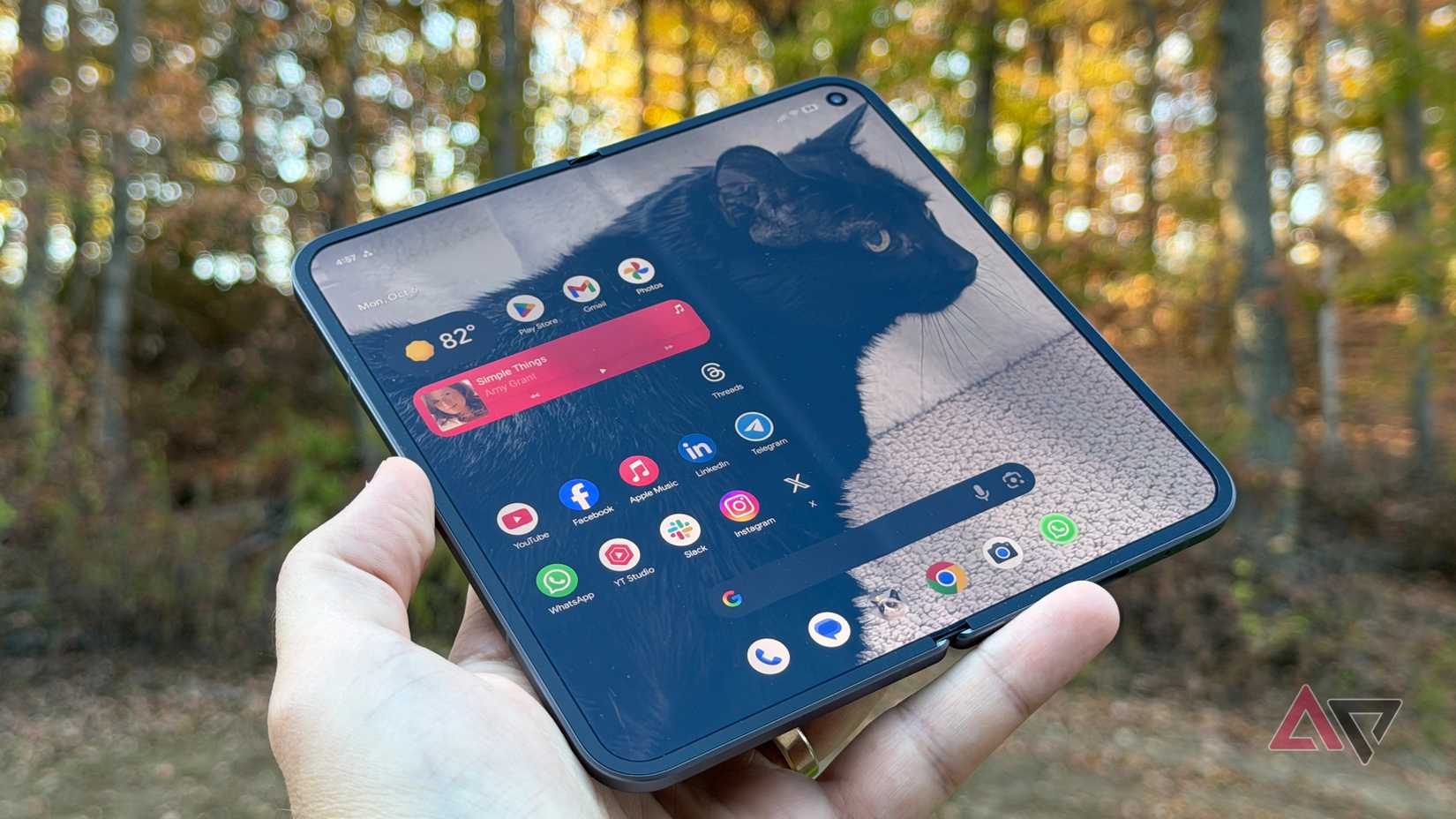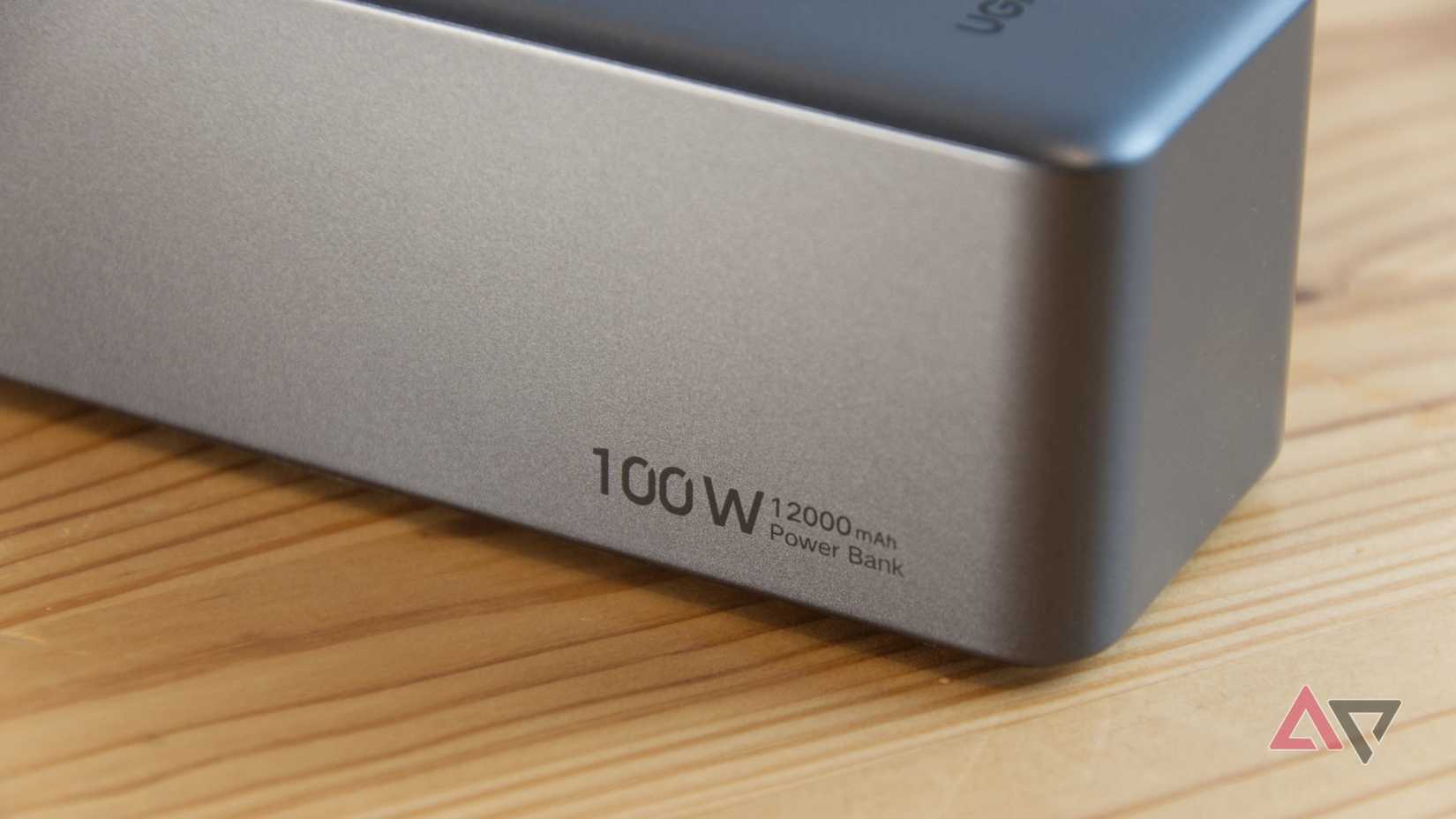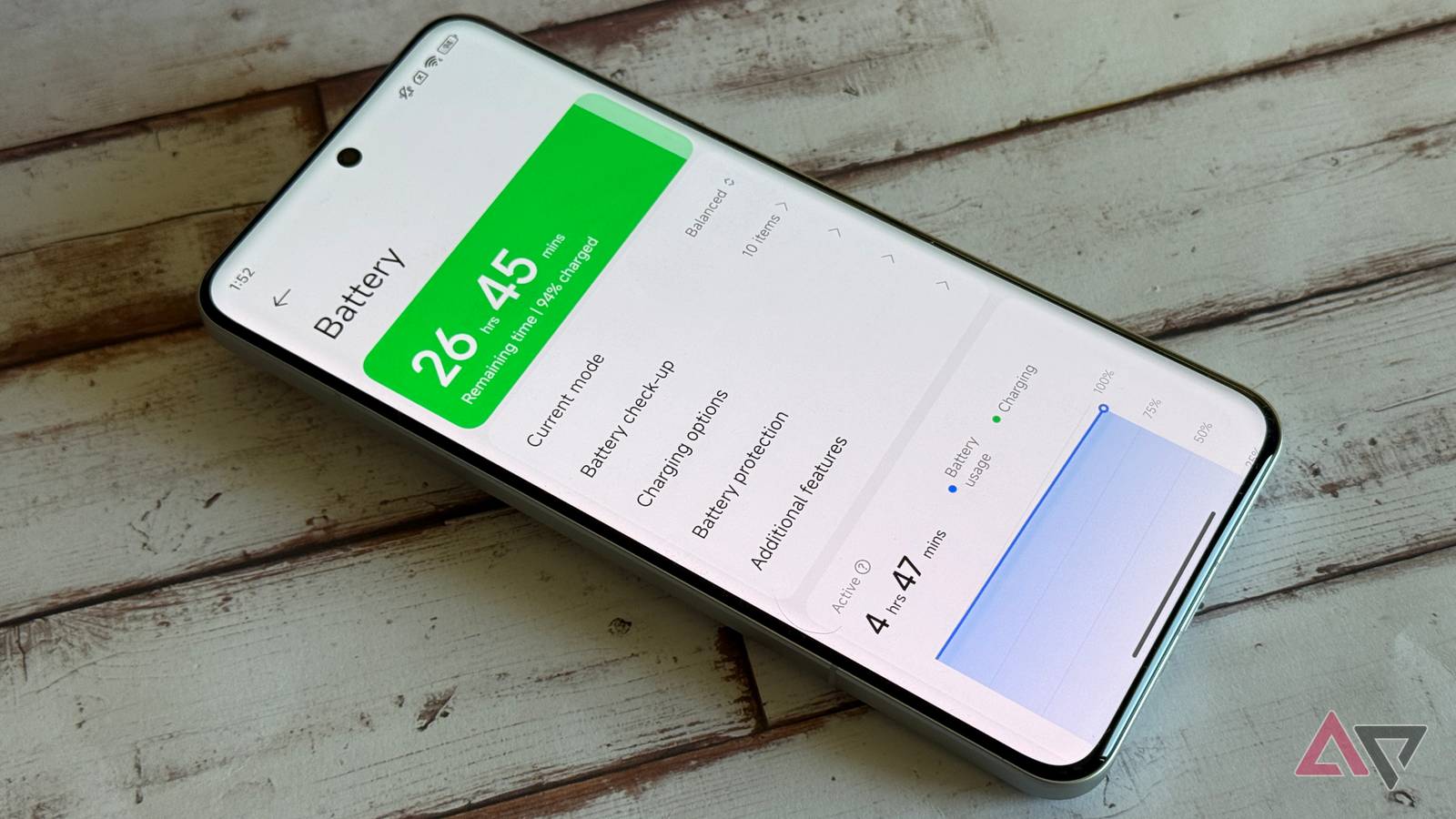One of the biggest gripes amongst Android enthusiasts is about our phones’ charging speeds.
Google, Motorola, and Samsung ignore fast charging every year, while OnePlus and Xiaomi phones can now charge at an eye-watering 100W.
While there is some hope to be seen in the adoption of Qi2 by Google, this doesn’t change the fact that the biggest Android brands in the US have seemingly ignored what everyone is clamoring for. Or have they?
When we see videos of OnePlus phones charging in less than an hour, it’s easy to look at our Pixels and Galaxy devices and feel left out.
However, I’m here to tell you that you don’t want fast charging on a phone; you want bigger batteries. The worst part? Better battery life is what Android manufacturers are failing to prioritize.
The state of fast charging in 2025
It’s fast and easier than ever
OnePlus has been the go-to brand for fast charging for years, partly thanks to its proprietary SUPERVOOC charger. This technology enables phones like the OnePlus 13R to hit a 100W charging speed, but we could soon see a more widespread application.
Xiaomi has announced that the new Xiaomi 17 can charge at 100W using third-party chargers. This would charge the phone’s rumored 7,500mAh battery to full in 40 minutes.
Samsung and Google are unlikely to follow suit next year, but the chance of a Galaxy or Pixel phone that charges at 100W is higher than ever.
Both companies have made gradual improvements to charging speeds with their most recent flagships, but Xiaomi’s potential breakthrough could herald a new age.
Fast charging is commonly billed as the answer to our increasingly power-hungry phones. A phone that charges to full in 40 minutes means you can top it up whenever you have a few minutes spare.
However, I think that fast charging isn’t the future; bigger batteries are.
Bigger is better than faster
You should have confidence in your phone’s battery

I’ve never been interested in owning a foldable, but a line in AP’s Stephen Radochia’s review of the Pixel 10 Pro Fold caught my eye:
I get two full days of mixed use on a single charge, and it’s the first book-style foldable I confidently left off the charger overnight with 65% battery remaining.
Giving its users the confidence to not bother charging their massive foldable overnight is one of the Pixel 10 Pro Fold’s biggest successes.
Indeed, in a follow-up article about how the Pixel 10 Pro Fold nails what matters most, Stephen’s headline starts with “Two days of battery life.”
The Pixel 10 Pro also impressed us with its battery life. Even though he tried his hardest to drain it, it still took AP’s Conor Cawley 24 hours to reduce the battery to 10%.
It doesn’t matter how blisteringly fast your phone can charge if you don’t have a charger on hand.
Sure, you could scrounge a charger from your surroundings, but 100W chargers aren’t carried by everyone, and you certainly won’t get those speeds from a charging port in an airport lounge.
A battery you know will last all day and more is a far better solution than cranking up the charging speed. You don’t need to rely on power banks, specialized chargers, or cables.
However, before we dismiss fast charging entirely, I want to address the elephant in the room: battery health.
Fast charging and battery health debunked
Fast charging does not mean poor battery health

A common argument against the adoption of fast charging technology is that it damages the battery health, causing its capacity to drop over time.
While this can be true, it’s not higher charging speeds that damage a phone’s battery, it’s the poor fast charging design.
These are some of the factors that can damage your phone’s battery:
- Unstable voltage supply
- Overheating while charging
- Charging your phone while running demanding tasks
- Cheap, unstable chargers
High-quality chargers can communicate with your phone to ensure they only deliver as much power as is safe at any time. So if your phone starts to overheat, the charging speed will drop.
It’s easy to identify a safe charger. Look for terms like PD (USB Power Delivery), PPS (Programmable Power Supply), and GaN (gallium nitride).
PD and PPS refer to protocols that let the charger talk to your phone, while GaN is a replacement for silicon that ensures the charger stays cooler at high speeds.
So if you buy an Android phone with a 100W charging speed and a safe charger, you shouldn’t notice any issues with your battery health.
Nevertheless, while fast charging is safe, it shouldn’t be the priority for Android manufacturers. Increasing the battery size should be, although this isn’t without its compromises.
Manufacturers can make bigger batteries, so why don’t they?
One of the more amusing Android brands is Oukitel, which successfully funded a recent Kickstarter for their latest device, the Oukitel WP100.
The feature video for this phone includes clips of people using the phone to hammer in tent pegs, open beer bottles, and throw it down a mountainside.
However, the standout feature is the absurd 33,000mAh battery, which could last weeks.
Unfortunately, this battery isn’t suitable for the slim form factor desired by most people. Even the 6,000mAh battery in the OnePlus 13 is capable of lasting two days of regular use.
While battery sizes in the tens of thousands of mAh aren’t practical for regular phones, I know that 6,000mAh is not even pushing the limit. The Honor Power has an 8,000mAh battery that can play videos for 25 hours, and it still keeps a svelte form factor.
The standard battery sizes for iPhones, Pixels, and Galaxy phones tend to fall around the 4,000 to 5,000mAh range, which is reasonable.
However, bigger batteries are available, and we could easily tote around Pixels with multiple-day battery life.
The technology is there, so let’s stop rooting for faster charging and call for batteries that could last a week.
